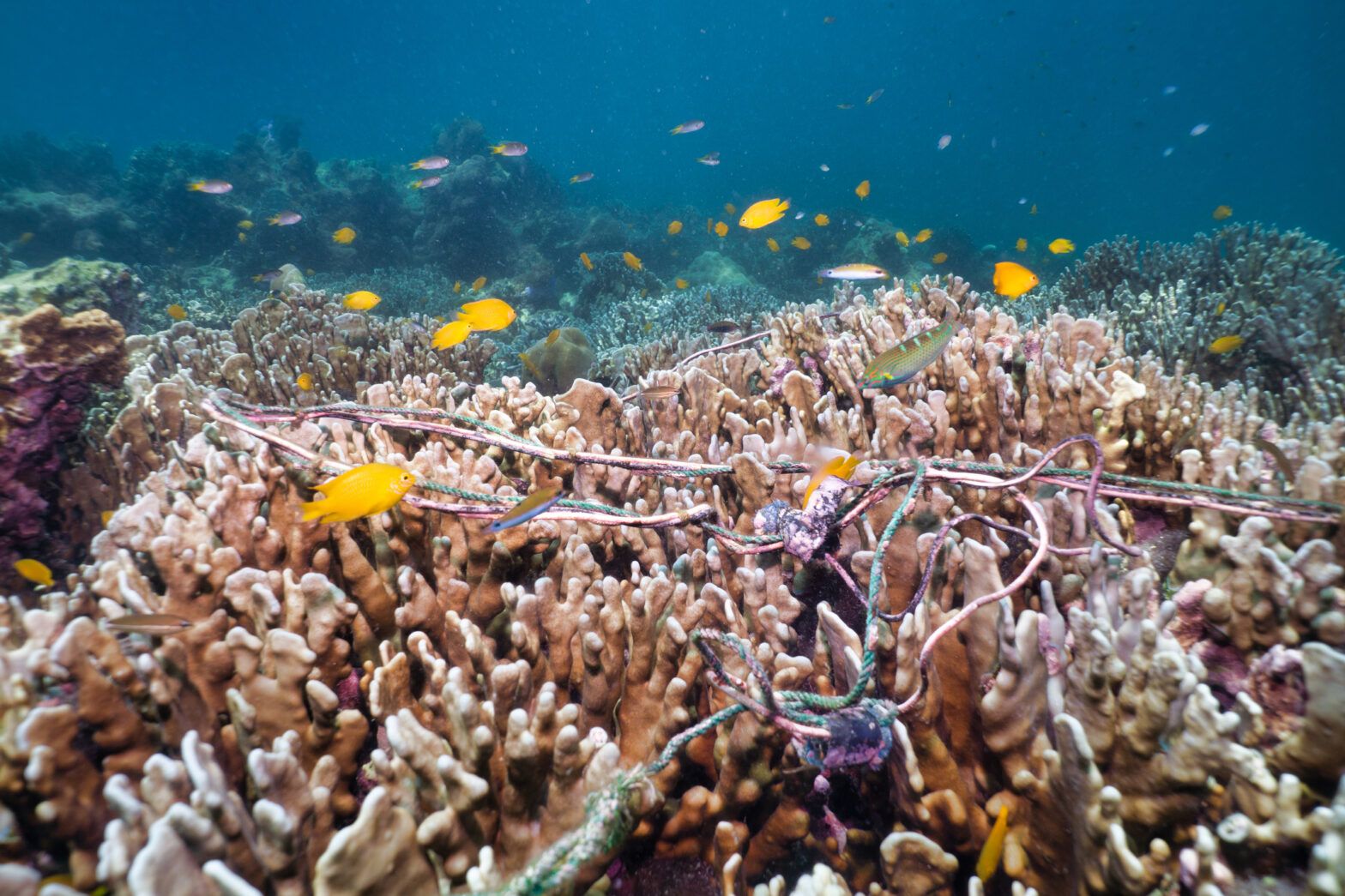Asset managers should not wait for biodiversity data to become as freely available as climate information before acting on nature-related issues, panelists said during finance day at COP15.
While data on biodiversity is far from ubiquitous, there is a growing base of qualitative information and frameworks that can help financial institutions identify nature-related risks in their portfolios. That is key, as acting immediately to help stem biodiversity loss is necessary, panelists said.
“If you wanted to, you could get started tomorrow … You have entry points all around you,” said Nature Alpha CEO and ESG Clarity EU Committee member Vian Sharif, pointing to data catalogs from the Taskforce on Nature-related Financial Disclosures (TNFD), the International Union for Conservation of Nature (IUCN) and traditional data providers. “It’s happening now. They have got data which can enable you to engage on these issues.”
TNFD, for example, currently has a beta version of its disclosure framework being pilot tested by about 130 organizations, said Emily McKenzie, the group’s technical director.
See also: – TNFD third draft framework adds disclosure requirements
“It’s not only a disclosure framework. It’s a risk-management framework – a framework for improving decisions,” McKenzie said.
Steps forward
The Science Based Targets Network (SBTN) is planning to publish methodologies around biodiversity targets during the first quarter of 2023, said Varsha Vijay, technical director at SBTN.
“We are focused on what can be done right now. We know the science is clear that action needs to happen now, and that’s urgent. We also know the need for coherent and complimentary guidance,” Vijay said at the panel.
“What’s exciting is that we’re hearing that companies internally, financial institutions, are starting to utilize this guidance to think about what they can do.”
SBTN, along with IUCN, the Integrated Biodiversity Assessment Tool, Encore (Exploring Natural Capital Opportunities, Risks and Exposure) and up-and-coming data providers give financial services companies something to work with, Sharif said.
“We have to have consistent data. And we are about to see the next revolution in data and insight and transparency as geospatial data marries traditional data,” she said. However, making data scalable and useful for financial institutions requires technology and an immense amount of storage capacity, she noted.
Traditional data providers have also been developing screening tools for financial services companies. This week, MSCI announced biodiversity and deforestation screening metrics that will become available early next year. Those services “combine thousands of ESG and climate data points, overlayed with MSCI’s proprietary geolocation data that helps pinpoint a company’s operations,” the company said in the announcement.
Case studies
For financial services groups to understand how nature losses affect them materially, they need to examine the “transmission channels” around materials and goods for their portfolio companies that can ultimately harm biodiversity, said Marine de Bazelaire, group adviser on natural capital at HSBC.
“There is a very easy way [to start], which is the Encore database,” de Bazelaire said.
“One way to come into that topic is through the net-zero lens. A lot of us financial institutions here in this room have committed to be net zero.”
A qualitative assessment of a portfolio can be made by screening for its exposure to different ecosystems and the impact on nature, she said.
“We’ve done that with a third of our loans book,” she said. “The three ecosystem services that the HSBC loans book were the most exposed to were all water-related. An exposure is not a risk – but in itself that was quite striking.”
To get a better picture of risk, HSBC worked with the Cambridge Institute for Sustainability Leadership (CISL), which used a scenario in which water shortages in a specific region led to restrictions on use for three months. The bank examined how that would affect its heavy-industries holdings.
“If there is water containment for a couple of months, the priority will go to agriculture and households,” de Bazelaire said. “We’ve run our stress-test tools on that specific real portfolio using that specific scenario, and what we came up with is that the credit risk rating of that portfolio actually decreased by 25%, that 30% of the companies in scope moved from investment grade to speculative.”
HSBC is involved in four different pilot programs examining biodiversity, including one to help understand how natural rubber supply issues are material to European tire companies and others in its loan book.
Although HSBC found information on sustainable rubber available from Indonesia, for example, the specific sources of rubber used by the European companies were not available, she said. Better data in the supply chain would be necessary to understand the effects the portfolio companies have on biodiversity and the risks they might face.
“When corporates and any kind of institution will actually understand its relations to nature – positive or negative – then we can have the transition to ‘nature positive’ or whatever you call it,” she said. “Most of the economic activities are far from their impact on nature.”








